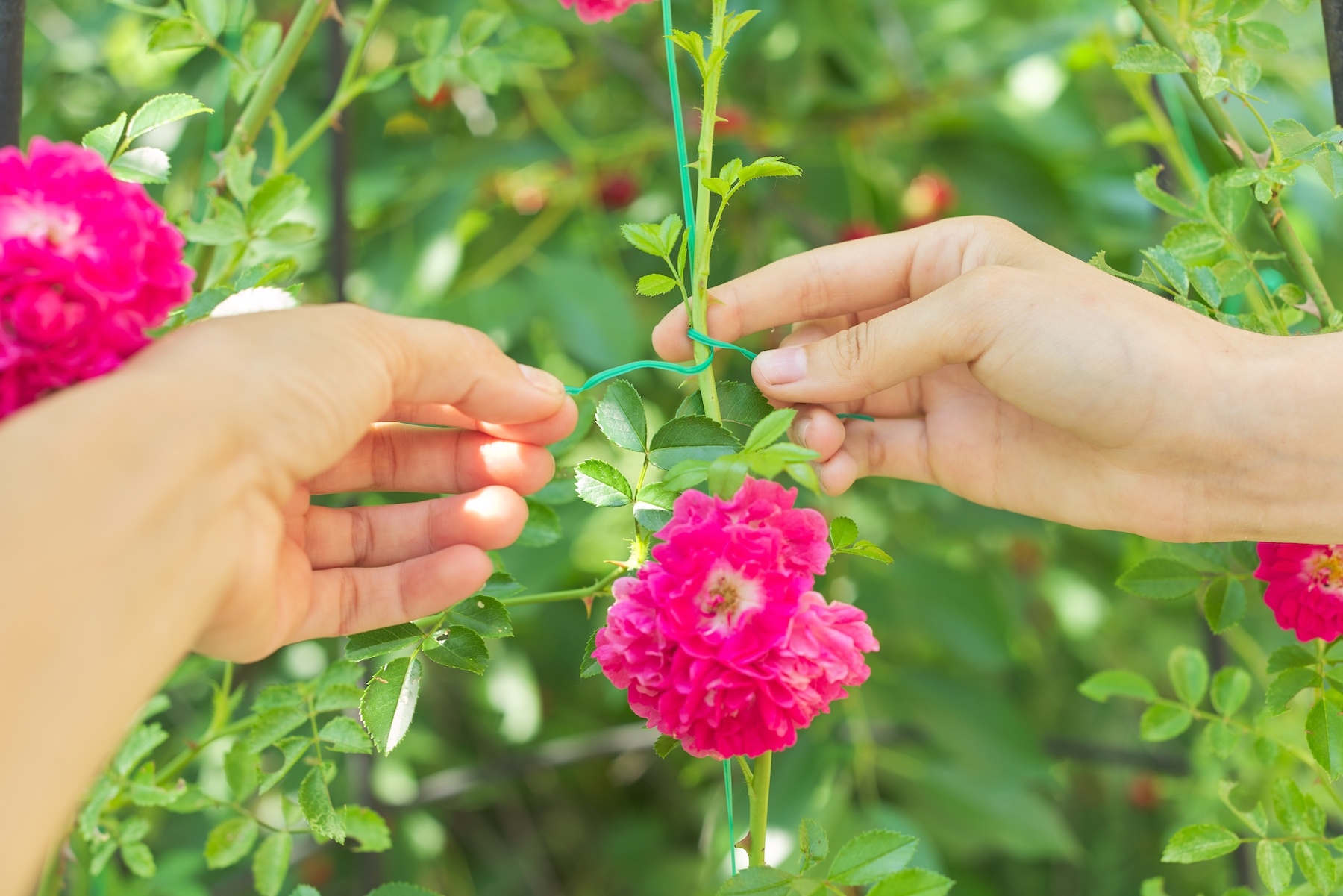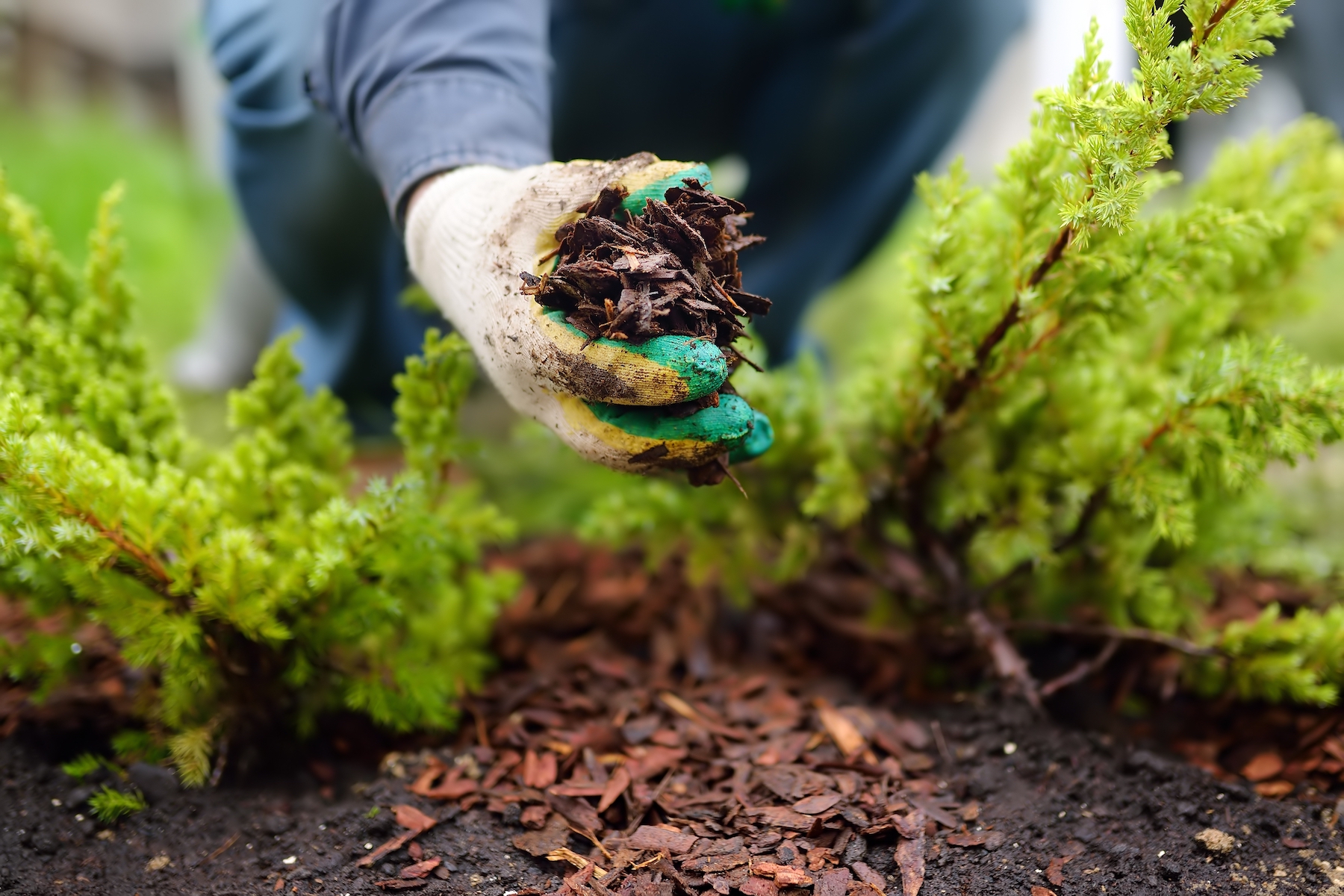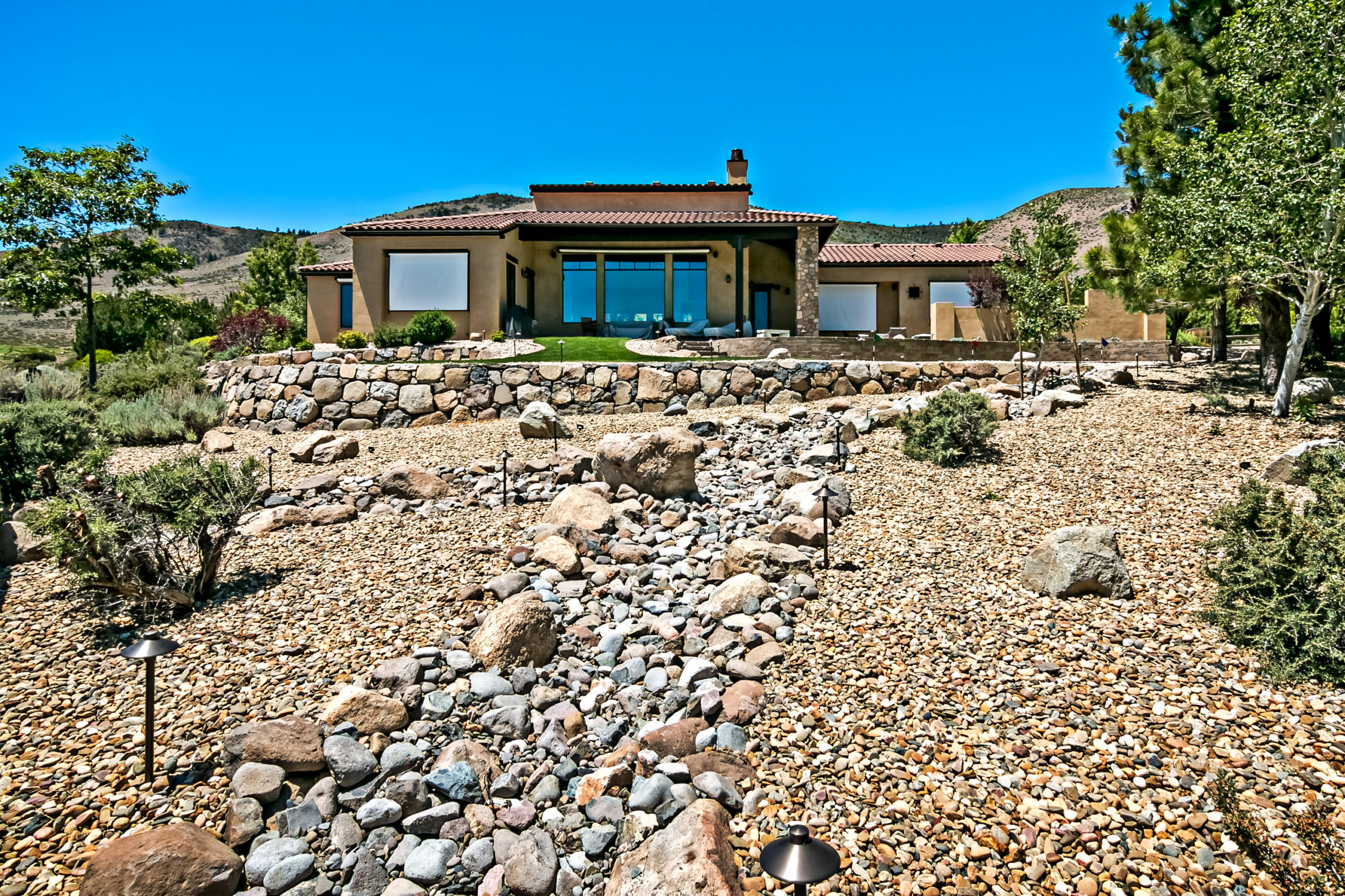Vertical gardening is a great way to maximize your gardening space, whether you have a small yard or just a few containers on your balcony. In this blog post, we will discuss what vertical gardening is and the benefits it offers. We will also provide tips on how to get started with your own vertical garden!
What is vertical gardening?
Vertical gardening is a type of gardening where plants are grown in a vertical orientation, usually on walls or fences. This type of gardening is becoming increasingly popular, as it offers many benefits over traditional horizontal gardening.
What are the advantages of vertical gardening?
- Maximizing space: A vertical garden takes up very little space compared to a traditional garden, making it ideal for small yards or balconies.
- Less maintenance: Vertical gardens are often easier to care for than traditional gardens, as they require less weeding and watering.
- Improved air circulation: The vertical orientation of plants in a vertical garden allows for better air circulation, which can help to prevent disease.
If you’re interested in starting your own vertical garden, there are a few things to keep in mind.
What kind of plants are best for vertical gardens?
Not all plants will do well in a vertical garden, so it’s important to select varieties that are suited for this type of growing conditions. Some plants that do well in a vertical garden are listed below:
- Climbing plants: Vines and other climbing plants are perfect for growing up walls or fences. Be sure to choose a variety that is suitable for your climate.
- Succulents: These drought-tolerant plants are ideal for low-maintenance gardening. There are many different varieties of succulents to choose from, so you can find one that suits your taste.
- Herbs: Most herbs will do well in a vertical garden, and they make a great addition to any kitchen garden.
What kind of support system is best?
Once you’ve selected the right plants, it’s time to get started on your garden! If you’re using containers, be sure to choose ones that are deep enough to accommodate the roots of your plants. You can either purchase vertical gardening containers or DIY them yourself.
If you’re growing your vertical garden on a wall or fence, you’ll need to install some type of support system for your plants. This can be as simple as attaching chicken wire to a wall with nails or screws. Or, consider using a trellis or other support system to help your plants grow vertically. Just be sure that the support system is strong enough to hold the weight of your plants!
How much sunlight does a vertical garden need?
Once you have your support system in place, it’s time to start planting. Be sure to water your plants regularly and give them plenty of sunlight. Different types of plants require different amounts of sunlight, so be sure to research each plant and its specific needs. However, most vertical gardens need plenty of sunlight to thrive, so a location that gets at least six hours of sunlight per day is usually optimal.
With a little care and attention, you’ll soon have a beautiful vertical garden that will add both style and function to your home! Contact our northern Nevada landscaping experts to find out if vertical gardening is right for your home.
Have you ever tried vertical gardening? Share your tips and experiences in the comments below!



